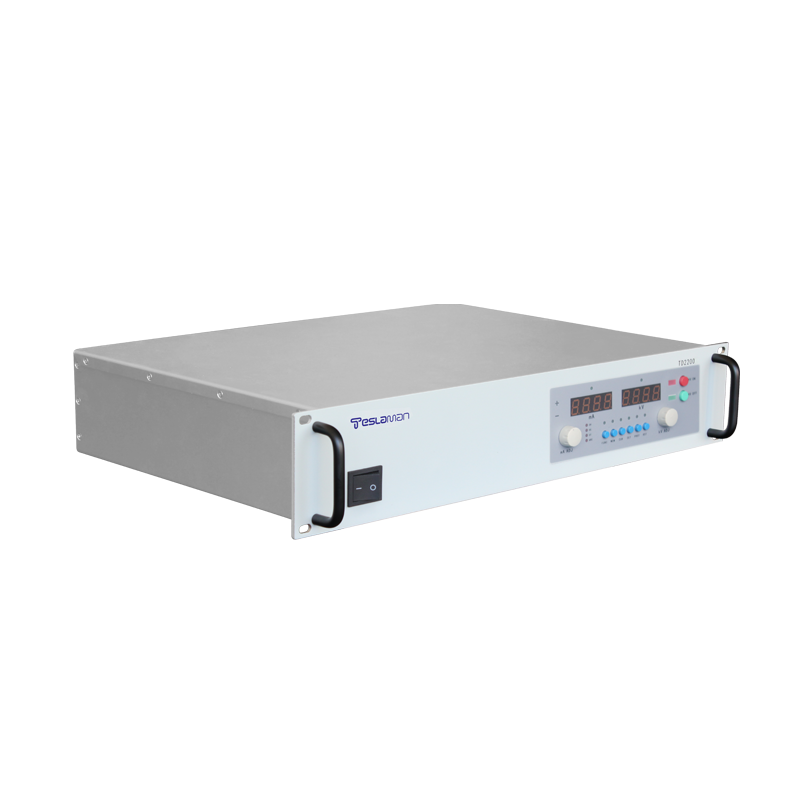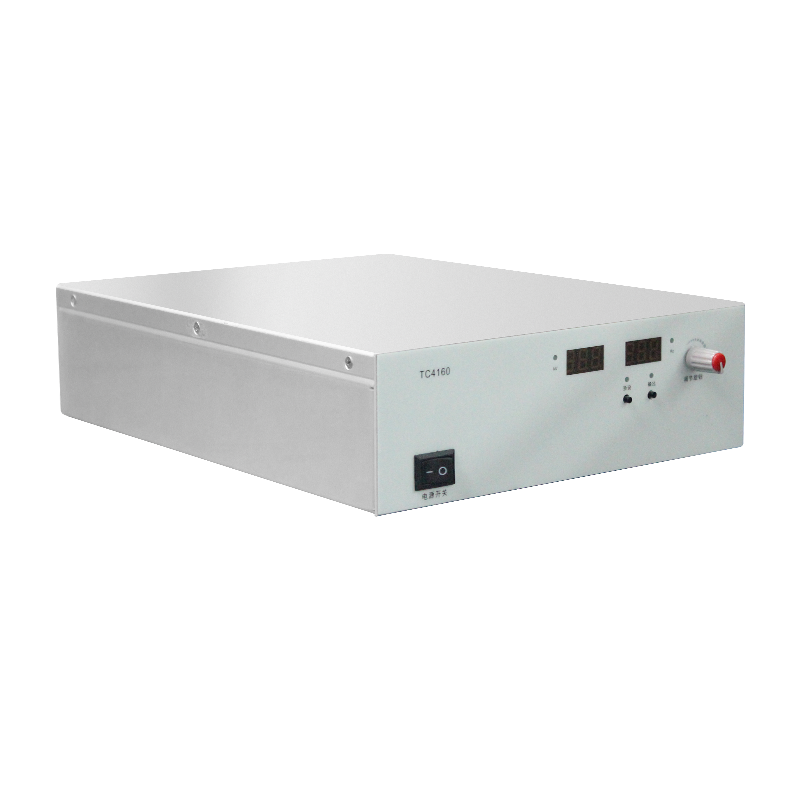Electrostatic Printing Disruptor: Working Principle of High Voltage Power Supply in Electrostatic Printing
As an innovative technology that disrupts traditional printing methods, electrostatic printing fully utilizes electrostatic principles with its unique working mechanism, demonstrating outstanding performance in print quality, efficiency, etc. The design and control of the high voltage power module are the key to the successful realization of contactless printing in electrostatic printing systems. This article will start from the basic working mode of electrostatic printing, discuss in detail the structure, working principle and control methods of the high voltage power supply in electrostatic printing, so as to fully analyze the important role of this core component in the implementation process of electrostatic printing technology.
I. Basic Working Mode of Electrostatic Printing
Electrostatic printing is a technology that directly uses electrostatic forces for contactless printing. Its basic working mode is: placing the material to be printed on a charged conductor (usually negatively charged), and the print head nozzle array is positively charged. A strong electric field is formed between the two within a certain distance, and the electrostatic forces transfer the printing ink particles from the print head to the substrate surface to reproduce the image.
Compared with traditional contact printing technologies, electrostatic printing completely eliminates mechanical contact between the printing plate and paper, and only uses electric field forces to transfer ink, thereby realizing high-speed contactless printing. In addition, the delicate control of the print head nozzle array layout can also achieve ultra-high resolution printing effects. This working mode lays the foundation for achieving high-speed, high-quality digital printing.
II. Structure of High Voltage Power Supply in Electrostatic Printing
In the process of electrostatic printing, the high voltage power supply is crucial to the print quality and efficiency. The optimized high voltage power supply design should have features like stable output, fast response, flexible controllability. Its basic structure mainly contains the following components:
1. AC input power supply
Generally uses 220V/50Hz utility frequency AC power as input. Considering safety and environmental factors, low voltage DC power input can also be selected.
2. EMI filter
Used to filter out noise interference and harmonic components in the input power to improve power quality and avoid causing EMI interference to other equipment.
3. Input rectifier
Usually adopts a bridge rectifier circuit to rectify AC into pulsating DC. Uncontrolled rectifier circuits, voltage doubler rectifiers can also be used.
4. Intermediate capacitor
Used for filtering to obtain a smoother DC voltage. Employs large capacity electrolytic capacitors or film capacitors.
5. DC/DC boost converter circuit
Uses switch power supply technology to boost the input DC voltage to the required high voltage DC output, with output voltages typically ranging from a few kilovolts to tens of kilovolts.
6. Feedback control system
Real-time detects output voltage and current, uses PWM and other methods to control the working status of the boost switch to stabilize the output voltage.
7. Output filter
Further reduces ripple and noise in the output voltage to obtain a steady high voltage DC output.
III. Working Principle of High Voltage Power Supply in Electrostatic Printing
The working principle of high voltage power supply in electrostatic printing can be summarized in two major steps:
1. Obtaining DC input via rectifier circuits
The utility AC input is rectified and filtered to obtain a smoothed intermediate DC voltage. This is the prerequisite step for DC/DC boosting. Using large capacity electrolytic capacitors for filtering can produce a DC voltage with low ripple.
2. DC/DC switching boost to generate high voltage output
This is the key step to achieve high voltage output. The input current is first intermittently cut off by the switch tube to produce square wave AC; then the step-up transformer is utilized to achieve a boost effect according to the turn ratio; finally high voltage DC output is formed after rectification and filtering.
PWM control is a common method for precise output voltage control. By detecting feedback signals, precisely controlling the switch's working cycle and duty cycle, the output voltage magnitude can be controlled. Other boosting means like multi-stage cascade, charge pump can also be adopted.
IV. Control Methods for High Voltage Power Supply in Electrostatic Printing
Electrostatic printing has high requirements for controlling the high voltage power supply. The high voltage power supply needs to ensure steady DC output while responding quickly to adapt to image changes during printing. Common control methods include:
1. Voltage mode control
The duty cycle is controlled by PWM based on the set voltage value to keep the output voltage stable regardless of load changes. Easy to implement but cannot limit short circuit current.
2. Current mode control
Detects the boost switch current and compares it with the set current value to control PWM duty cycle to limit current. Can effectively prevent overcurrent but with poorer stability.
3. Peak current control
Combines the advantages of both above methods, can ensure stable voltage output while effectively limiting current to prevent overcurrent. A common control scheme used in high-end power supplies.
4. Multivariable control
Establishes accurate models and uses digital control techniques to comprehensively monitor and control multiple variables like voltage, current, etc. to precisely adjust and manage the output performance.
5. Active learning control
Uses AI algorithms to train the control model, enabling active learning and adaptation to complex loads, further enhancing the intelligence level of power supply control.
V. Conclusion
The working principle of high voltage power supply in electrostatic printing can be summarized as AC input rectification and DC/DC switching boost output in two main stages. Steady high voltage DC output is the prerequisite for high quality printing. PWM control is a common means to precisely achieve voltage control. Multivariable intelligent control can further enhance control performance and the ability to adapt to complex scenarios. The design and control of the high voltage power supply is the core challenge and key of electrostatic printing systems, and also the basis for realizing its disruptive potential.




















